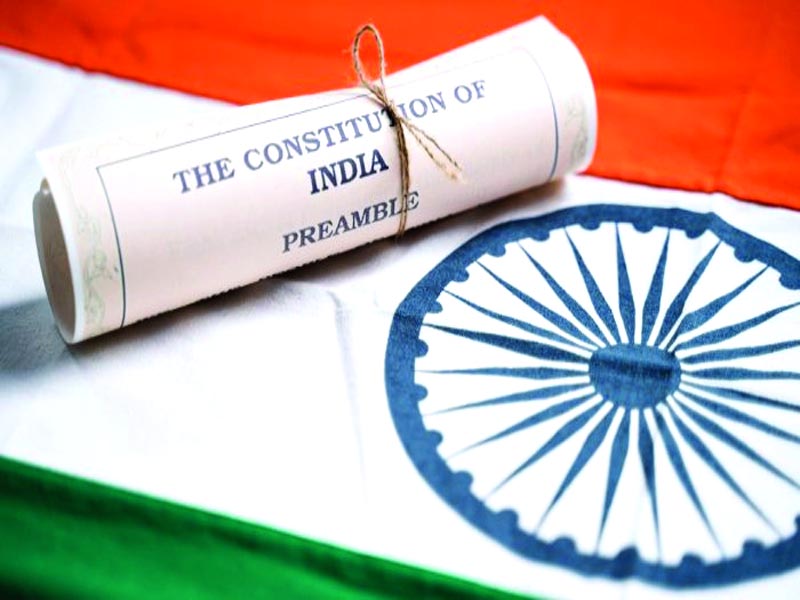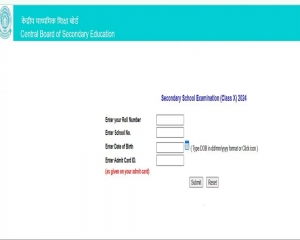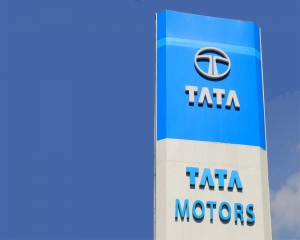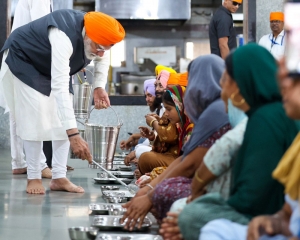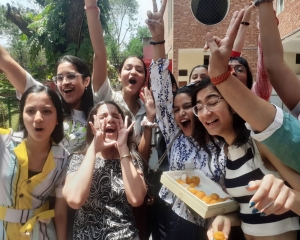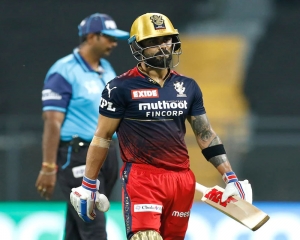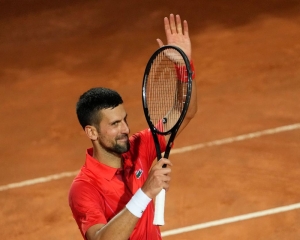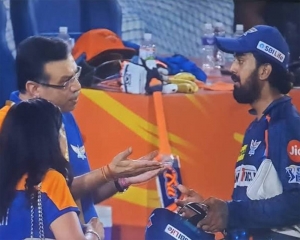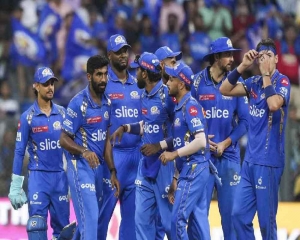To create a federation on the lines of the USA was never intended, it would have been grave mistake had we done so
Several political figures and writers, including some foreign ones, have alleged that India is on a path of “anti-federalism” or centralism. However, they have coolly overlooked that over the last nine years, not once has Article 356 been used by New Delhi. Earlier, it was used 56 times when state governments were dismissed when the Centre decided that a particular state government was unfit to govern, or actually if it did not like particular state governments. Article 356 states: (1) if the President, on receipt of a report from the Governor of a State or otherwise, is satisfied that a situation has arisen in which the Government of the State cannot be carried on in accordance with the provisions of this Constitution, the President may be Proclamation (a) assume to himself all or any of the functions of the Government of the State and all or any of the powers vested in or exercisable by the Governor or anybody or authority in the State other than the Legislature of the State; (b) declare that the powers of the Legislature of the State shall be exercisable by or under the authority of Parliament. (c) make such incidental and consequential provisions as appear to the President to be necessary or desirable for giving effect to the objects of the Proclamation. Including provisions for suspending in whole or in part the operation of any provisions of this Constitution relating to anybody or authority in the State.
One prime minister used Article 356 to dismiss state governments 49 times! Not a single voice then alleged that federalism was in danger, or forced centralism. Far from any outcry about democracy or federalism being imperiled, the self-appointed watchdogs of democracy, namely the media, academia and intelligentsia chose to remain silent or look the other way during the rampant assault on state governments for not toeing the line of the central dispensation of those times. Worse is the fact that segments of the media were complicit in the misuse of political authority. Moreover, those parties that cry foul about “democracy in danger” are little more than family fiefs who have kept even the pretence of democracy out of their parties.
The Constitution beings with the declaration: “India is a Union of States”. There is no mention of the word “federal”. This may have been because the provinces were already present at Independence. This was unlike the USA, where new states kept joining. Initially, there were only 13 American states while there are 50 today. No new states have joined the Indian Union since the Constitution was adopted. The Union has the right to create new states and alter existing ones.
We must not forget that on the eve of the Constitution being written, our country lost a third of its land area to Pakistan. The Muslim League believed that Hindus and Muslims cannot co-exist amicably in the same country. Nevertheless, India continued to be multi-religious as well as multilingual. The country’s first law minister Dr B.R. Ambedkar believed the possibility of some state or the other wishing to secede in the future could not be dismissed. The Communist Party of India, in line with the Soviet Constitution, which gave all its republics the right to secede, wanted such a model fee India. The Dravida Munnetra Kazhagam (DMK) led by Thiru Annadorai had claimed the right to secession in its party constitution. In the late 1940s, there was a violent secessionist agitation in the Telangana region. In 1947, the diwan of Travancore Sir C.P. Ramaswamy Aiyar declared that the princely state would remain independent. The Maharaja of Jodhpur was ready to put his signature on a blank letter signed by Qaid-e-Azam Jinnah who wanted Jodhpur to join Pakistan. Sardar Patel intervened and persuaded Jodhpur to join the Indian Union. The Nizam of Hyderabad was determined to remain independent until he was forced to capitulate to the Indian army in September 1948. The Nawab of Junagadh had acceded to Pakistan when the people of the state forcibly overturned his decision. Several other states in Saurashtra were financing a highwayman called Bhupat to lead a revolt against New Delhi. The J&K problem is too well-known to narrate here. The Northeast would be on the boil from time to time. This was the environment in the midst of which the Constitution of India was drafted and adopted.
To create a federation on the lines of the USA was not only unjustified by the birth of the Republic of India, it would have been unwise had we done so. Pakistan did not follow any constitutional niceties and yet broke apart in 1971. The emotional cause for its dismemberment was the issue of a national language. The eastern wing of Bengal felt offended that its language was not considered for the status of an alternative national language. On the other hand, Urdu, which is not the language of any of Pakistan’s constituents, was given the honour of being the sole national language. Pakistan has ethnically cleaned out most of its religious minorities, while India has protected them within its territory. India therefore, had to have a constitution that could enable Delhi to have the luxury of being multi-religious and multilingual and yet remaining united.
(The writer is a well-known columnist, an author and a former member of the Rajya Sabha. The views expressed are personal)













